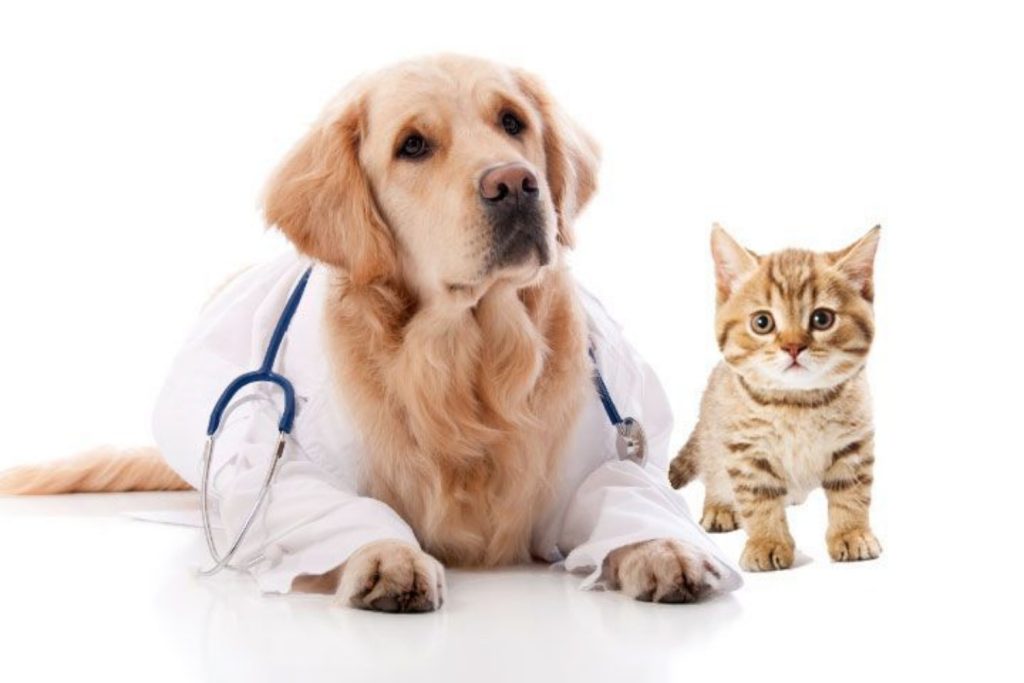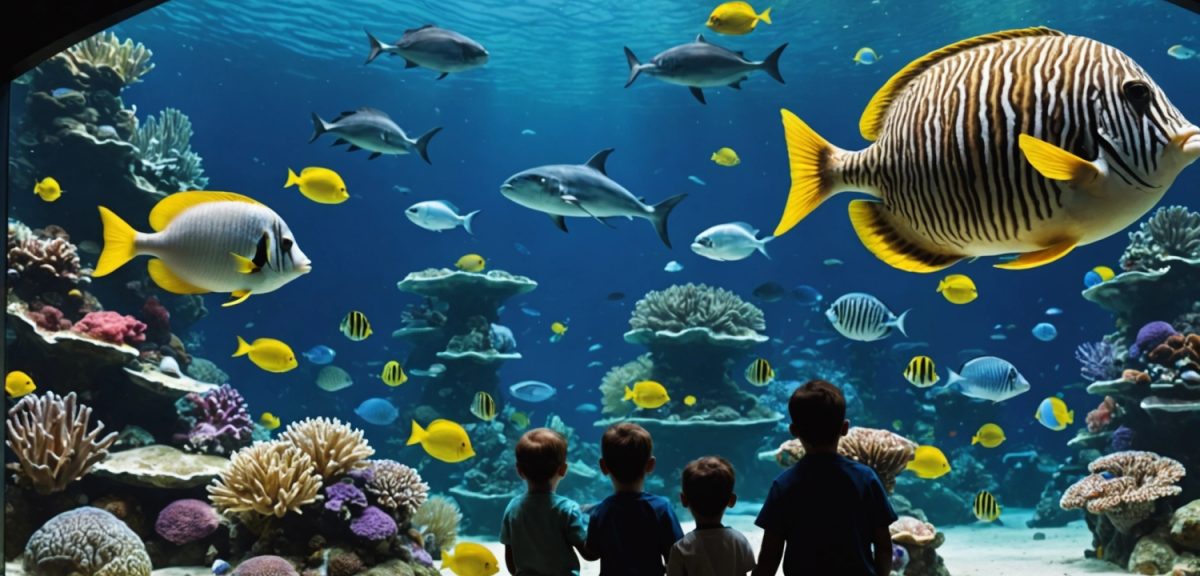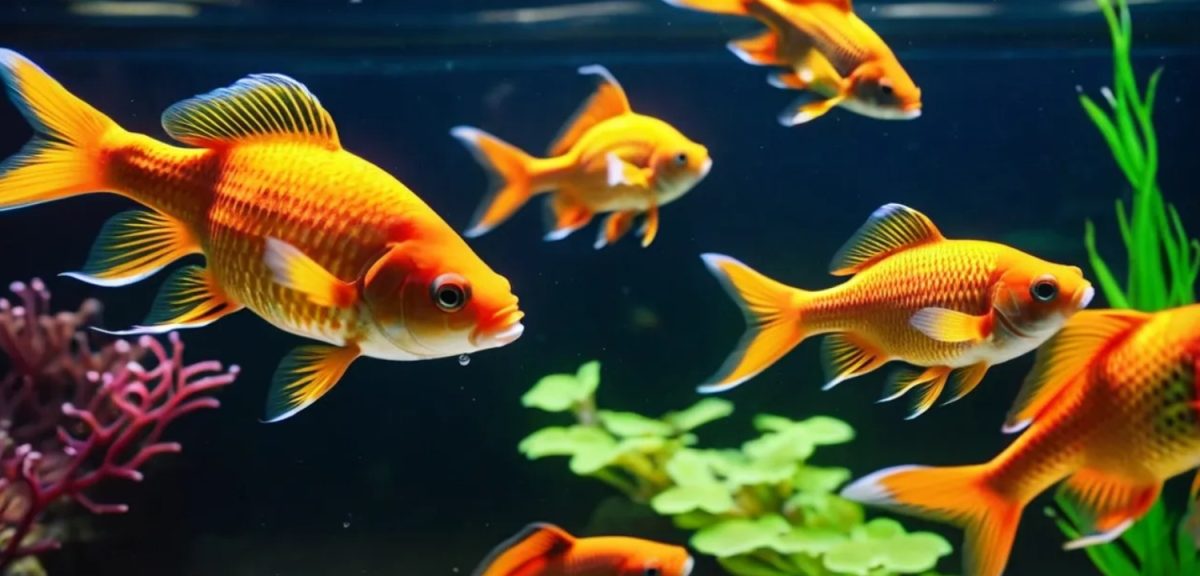Pet health care is an essential aspect of responsible pet ownership that ensures your furry companions lead happy and healthy lives. Understanding the various components of pet health care can help you provide the best possible care for your beloved animals. From regular veterinary visits to proper nutrition and preventive measures, there are several key areas to focus on to maintain your pet’s well-being.
Regular veterinary check-ups are crucial for monitoring your pet’s health. These visits allow veterinarians to perform routine examinations, vaccinations, and screenings for common health issues. Early detection of potential problems can make a significant difference in treatment outcomes. Establishing a relationship with a trusted veterinarian ensures that you have a reliable resource for any health concerns that may arise. It is advisable to schedule annual check-ups for healthy pets and more frequent visits for older animals or those with existing health conditions.
Nutrition plays a vital role in your pet’s overall health. Providing a balanced diet tailored to your pet’s specific needs is essential for maintaining their energy levels and preventing obesity-related issues. Consult your veterinarian to determine the best diet for your pet, taking into account factors such as age, breed.

and activity level. High-quality pet food that meets the nutritional standards set by regulatory bodies can help ensure that your pet receives the necessary vitamins and minerals for optimal health. Additionally, be cautious about giving table scraps or human food, as some items can be toxic to pets.
Preventive care is another fundamental component of pet health care. Regular vaccinations protect against various diseases, while parasite control measures, such as flea and tick treatments, help keep your pet free from harmful infestations. Dental health is often overlooked but is crucial for preventing oral diseases that can lead to more serious health issues. Regular dental cleanings and providing dental treats can contribute to your pet’s overall health. Additionally, maintaining a consistent grooming routine helps keep your pet’s coat healthy and can prevent skin issues.
Exercise is essential for both physical and mental health. Regular physical activity helps maintain a healthy weight and reduces the risk of obesity-related diseases. Engaging your pet in daily activities, such as walks, playtime, or interactive toys, can keep them stimulated and happy. Mental enrichment is equally important; providing puzzle toys or training sessions can help keep your pet’s mind sharp. A well-exercised pet is generally happier and less prone to behavioral issues.

It is also important to be aware of changes in your pet’s behavior or physical condition. Sudden changes in appetite, energy levels, or grooming habits can indicate underlying health issues that require attention. Being observant and proactive in addressing these changes can lead to early intervention and better outcomes. Keeping a record of your pet’s health history, including vaccinations and any treatments, can be beneficial for both you and your veterinarian.
Creating a safe environment for your pet is essential for their health and well-being. Pet-proofing your home by removing hazardous items, securing toxic plants, and ensuring that small objects are out of reach can prevent accidents. Providing a comfortable and safe space for your pet to relax can also enhance their quality of life. Ensuring access to fresh water and a comfortable sleeping area contributes to your pet’s overall happiness.
Investing time and effort in pet health care is a rewarding endeavor that pays off in the form of a long, happy life with your furry companion. By focusing on regular veterinary visits, proper nutrition, preventive care, and exercise, you can create a nurturing environment that promotes your pet’s health and well-being. This commitment not only enhances your pet’s quality of life but also strengthens the bond you share with them.























